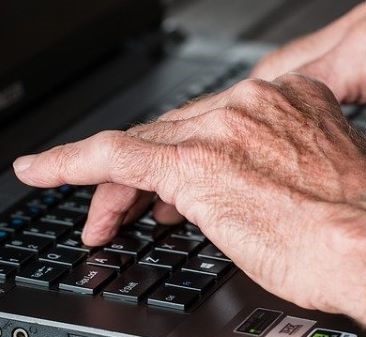Leadership and social change
Examining the evolving risks in workforce safety due to social changes.

Leadership and Social Change examines the evolving dynamics of workforce safety in the context of social change. It focuses on several critical areas:
- Developing Risks in Workforce Safety: Investigating how social changes, such as demographic shifts, cultural transformations, and technological advancements, are creating new risks and challenges in maintaining workforce safety.
- Implications of Changes in Working Patterns: Analysing the effects of changes in working patterns, such as remote work, flexible hours, and gig economy jobs, on workforce safety. This includes understanding how these changes impact mental health, physical safety, and overall well-being.
- Organisational Changes: Exploring how the reorganisation of work, including new management practices and team structures, affects safety protocols and risk management. This involves assessing the effectiveness of leadership strategies in adapting to these changes and ensuring a safe working environment.
This platform aims to provide insights into how leadership can navigate and mitigate the safety risks associated with social and organisational changes.
The platform has close links with the Manchester Institute for Collaborative Research on Ageing as well as in the social sciences; and with HSE’s science programme on demographics.
Leads
- Kara Ng, The University of Manchester
- Lina Siegl, The University of Manchester
- Sara Willis, The University of Manchester
- Helen Beers, HSE.
Violence and aggression in the workplace
The Violence and Aggression Research Network (VARN) are aiming to better understand violence and aggression in the workplace, and are inviting employers to share their professional insights to learn how they addressed these problems in the workplace. To learn further, read VARN's aims for adressing work-related violence and aggression.
Theme membership
- Colleen Butler (HSE)
- David Fishwick (HSE)
- Eleanor Kinman (HSE)
- Sheena Johnson
- Nick Warren (HSE)
- Lina Siegl
- Sara Willis
- Helen Beers (HSE)
- Helen Jones (HSE)
- Kerry Poole (HSE)
Proposals
- Preventing work-related violence and aggression: improving reporting and influencing employers to address the problem. Sheena Johnson/Helen Beers et al. AMBS UoM Seed corn funding
- Bioelectronic monitoring of light exposure and circadian rhythms - Wellcome Institutional Strategic Support Fund [W-ISSF] Cross-Faculty Consolidator call led by Centre for Biological Timing (Rob Lucas with Sheena Johnson and Martie van Tongeren
- Health Framework Projects: Demographics - 2 Rapid Evidence Assessments
- Fatigue focused proposal with Social Change and Inequalities Theme
- NIHR Policy Research Policy Research Programme Call on Working Age Health – Possible long COVID19 focus submitting to Round 2 in June 2021
- Keeping the UK Building Safely (KUBS) mobilising the resources/capabilities of UoM and HSE science division to help enable UK to build safely at speed - a scoping study
- Leadership, Work and Wellbeing - scope out a health and wellbeing indicator tool based on existing datasets for NHS England Phase 1
- The 'mindful regulator' ESRC proposal in development with HSE, Office for Nuclear Regulator and Office for Road and Rail Regulation
- Nuclear Innovation & Research Office (NIRO) - SC with AMBS colleagues (Sara Willis & David Holman) looking at paradoxical leadership & safety culture development in the decommissioning phase (at Sellafield)
Publications and awards
Publications
- Fixing the HGV driver shortage
- The rise of work-related violence and aggression
- Work-related violence and aggression: Don’t accept it. Report it. Prevent it.
- Occupational health and extended working lives in the transport sector
- Changing worlds of work and occupational health: Insights on working into older age
- Transport and logistics during the COVID-19 pandemic
- Workplace team resilience: A systematic review and conceptual development
- Reducing workplace accidents through the use of leadership interventions: A quasi-experimental field study
